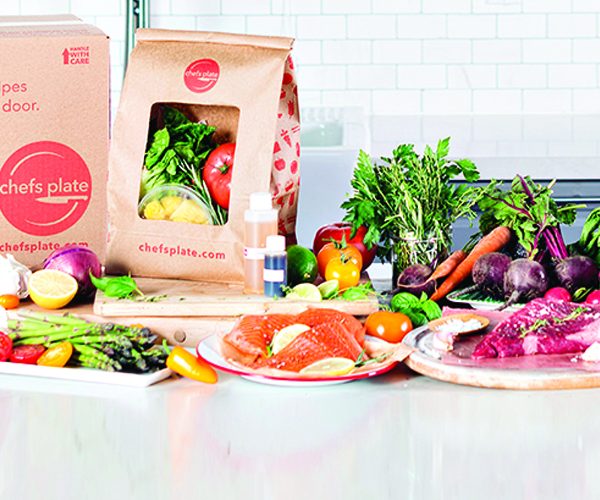
ONE OF THE MOST IMPORTANT QUESTIONS WE ASK A STARTUP
Each year we see hundreds of startups, but partner with just a few. We place fewer bets than others but go ‘all in’ when we do. We’re often asked about our investment criteria and the questions we ask ourselves when assessing investments. For us, one of the most important questions is:
What could this business look like in five years?
Taking a startup out of its immediate environment forces us to step back and look at the big picture — at emerging and historical trends, existing and potential competitors, market appetite, saturation and product durability. Does the business address a need in the market that’s bigger than a passing trend? Could technology advance past it in the foreseeable future? Will market saturation dilute the appetite for the product? Startups built primarily on fleeting market fads or ‘light’ consumer trends aren’t stable investments. We look for businesses with the potential for longevity over “flavour-of-the-month” demand.
Technology has changed the way even the most traditional product or service businesses are built. Successful startups need to understand ever-changing consumer preferences and constantly evolve or risk being left behind. We often see businesses designed for a specific current consumer without the ability to integrate new or evolving technology. Sometimes by the time that betas are complete, the market has evolved and preferences have changed.
Our investment in Chefs Plate, a Canadian subscription meal-kit service, is a good example of evaluating a business through a five-year filter. We’ve seen many subscription services come and go. We invested in Chefs Plate when the meal kit idea was still very new to Canada, but had major momentum in other markets around the world. When Linas Matkasse emerged on the scene in Sweden years ago, meal-kits were an innovative solution- addressing a growing population of consumers wanting to get back to the kitchen.
For us, plenty of evidence existed to suggest that the appetite for healthier, home-cooked meals was more than the proverbial flash-in-the-pan in Canada. Health-food and specialty markets were growing rapidly, the demand for farm fresh produce was being felt by major retailers and Big Food companies were acquiring smaller, better-for-you brands to satisfy the demand for better choices in grocery aisles.
The other reason why this business model is successful is because it leverages the latest technology trends around lifestyle and convenience. Meal-kit delivery falls into the “digital-door spending” space which surpassed $1billion in Canada last year, and is expected to increase as consumers continue to shift their spending online. Convenience, paired with the growing demand for fresh and healthy meals made at home make tech enabled, subscription-based meal-kits deliver a perfect solution.
Strong traction with similar products in Sweden, the US and other markets validated the opportunity and gave us confidence to invest in Chefs Plate. A recent study by food marketing research company Technomic saw the global meal-kit market top US$1 billion in 2015 and projected it would reach US$10 billion by 2020. Chefs Plate has grown rapidly over the last two years, expanding nationally and continually evolving according to customers preferences. We remain confident that meal-kits will have a place at the table for years to come.
If you think about your business half a decade from now, will it still be helpful? Relevant? Necessary? Does it address a need that is prevalent enough to stand the test of time? It’s not the only question you need to answer, but it should be one of the first.